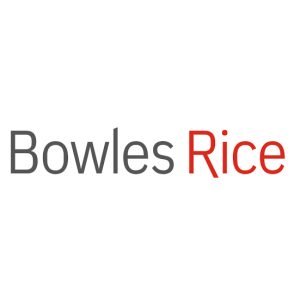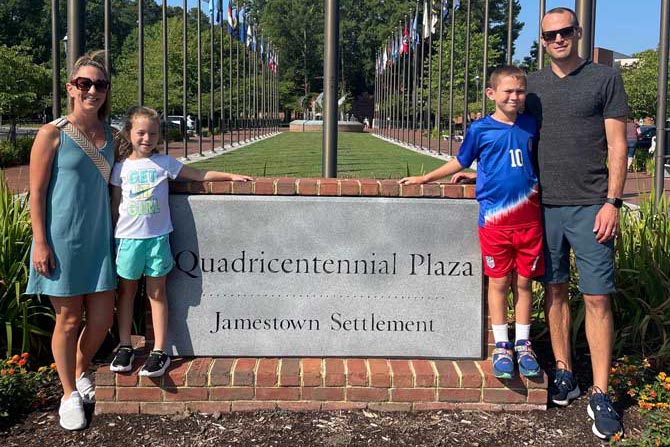Although the actual long-term impact of the overruling of Chevron deference will likely be determined through years of litigation, the initial impact on the banking industry is potentially mixed. On the one hand, the banking industry will have a greater likelihood of success when challenging regulatory agency decisions. Banking regulators will need to be more cautious in their future rulemaking and provide a statutory basis when adopting new regulations. Conversely, relying on agency regulations and guidance will be more difficult due to the reduced judicial deference to agency interpretations. Overall, it is anticipated that litigation challenging regulatory agency rules and decisions will be on a stark incline.
Chevron Deference
The doctrine known as “Chevron deference” was established in 1984 in Chevron U.S.A. Inc. v. Natural Resources Defense Council Inc.1 Chevron deference required courts to defer to an agency’s reasonable interpretation of an ambiguous law that the agency administers.2 Chevron deference has shaped the courts’ review of agency decisions and regulations for the last 40 years and has led lower federal courts to rule in favor of regulatory agencies in the majority of challenges to their rules and regulations.3 Since Chevron, the role that regulatory agencies have played in interpreting their rules and regulations has greatly expanded.
Loper Bright Decision Overruling Chevron Deference
The Supreme Court’s 6-3 decision on June 28, 2024, in the Loper Bright Enterprises v. Raimondo case, formally overruled Chevron deference.4 The Court held that the Administrative Procedure Act required courts to “exercise their independent judgment in deciding whether any agency has acted within its statutory authority.”5 The Court quoted Justice Marshall in Marbury v. Madison that “[i]t is emphatically the province and duty of the judicial department to say what the law is.”6 The Court noted that even when “an ambiguity … implicate[s] a technical matter,” the judges, who are informed and educated by the parties, are expected to do and “handle technical statutory questions.”7
The one exception is when “a particular statute delegates authority to an agency consistent with constitutional limits.”8 In this instance, the Supreme Court directed courts to “respect the delegation, while ensuring that the agency acts within it.”9 Congress retains the ability to expressly delegate authority to federal agencies. Following the Loper Bright decision, Congress will be required to be more precise in granting authority to federal agencies to avoid the heightened scrutiny by the court system.
The Court also made clear that its overruling of Chevron deference does not apply retrospectively.10 Cases that were decided on Chevron deference remain valid under the principle of “stare decisis,” which is a legal doctrine that requires courts to follow the decisions of previous cases. This will make it more difficult to challenge existing regulatory interpretations based solely on the Court’s change in interpretative methodology.
Impact on the Banking Industry
Opportunities to Challenge Existing Regulations and Increase in Litigation
The dramatic end of Chevron deference will likely increase the number of cases filed challenging agency regulations and decisions and increase the banking industry’s likelihood of success when challenging federal agency regulations and the interpretation of those regulations. In situations where regulators have not been delegated clear and lawful authority by statute, challengers will no longer have to overcome an automatic deference to the regulatory agency’s interpretation. In situations involving statutory ambiguities, the banking industry is now on a more level playing field to challenge agency decisions. To be successful, opponents must only show that the regulatory agency’s interpretation of its statute is not the “best” one. It does not have to prove that the regulatory agency’s interpretation is not “reasonable” — a much more daunting task. Accordingly, banks may gain more leverage in dealing with their regulators and in challenging their decisions.
Although automatic deference has been eliminated, courts are not precluded from considering the views of the regulatory agency when determining the “best reading” of a statute. In Loper Bright, the Court cited to Skidmore v. Swift, which indicated that courts should give no presumptive weight to agency interpretations; instead, courts should consider the agency’s power to persuade.11 Overall, Skidmore addressed the weight given to an agency’s views and concluded that a court was to consider the “thoroughness evident in its consideration, the validity of its reasoning, its consistency with earlier and later pronouncements, and all of those factors which give it the power to persuade.”12
Careful Rulemaking
Regulatory agencies will need to be more careful when drafting rules to ensure that there is statutory basis for their rulemaking. The ability of regulators to respond to risks in areas not covered by statute will be greatly diminished. This reduced ability may force legislative action to address these risks and permit the industry members to be involved in the legislative process. However, it could also be detrimental to the banking industry because the risks to the industry evolve at such a rapid pace that the legislative process cannot effectively address these risks.
Regulatory Uncertainty
The most concerning impact of the end of Chevron deference on the banking industry is regulatory uncertainty. Predicting how a court will rule on the validity of agency regulations and interpretations that rely on broad or ambiguous statutory language, without Chevron deference, will be challenging. Although the regulatory burden on the banking industry has been significant, it is important that banks are able to rely on regulations when establishing processes and procedures, and planning for future compliance. As the “best” interpretations of statutes are established over time, the regulatory uncertainty should be minimized.
- Chevron USA. Inc. v. Natural Resources Defense Council Inc., 468 US 837 (1984).
- Id. at 837. (“[I]f Congress has not directly spoken to the precise question at issue, the question for the court is whether the agency’s answer is based on a permissible construction of the statute.”)
- See e.g., Garcia v. Sessions, 856 F.3d 27, 35 (1st Cir. 2017); Lopez v. Terrell, 654 F.3d 176, 181 (2d Cir. 2011); Vineland Fireworks Co. v. Bureau of Alcohol, Tobacco, Firearms & Explosives, 544 F.3d 509 (3d Cir. 2008); N.L.R.B. v. Bluefield Hosp. Co., LLC, 821 F.3d 534 (4th Cir. 2016).
- Loper Bright Enterprises v. Raimondo, 144 S. Ct. 2244, 219 L. Ed. 2d 832 (2024).
- Id. at 2247.
- Id. at 2247 citing Marbury v. Madison 1 Cranch 137, 177, 2 L.Ed. 60.
- Id. at 2266.
- Id. at Fn. 26.
- Id. at Fn. 26.
- Id. at 2269.
- Id at 2247 citing Skidmore v. Swift, 323 U.S. 132 (1934).
- Id. at 2247.

Amy J. Tawney is a partner in the Charleston, West Virginia, office of Bowles Rice LLP. She focuses her practice on banking law, mergers and acquisitions, securities law and regulatory matters. Contact Amy at (304) 347-1123 or atawney@bowlesrice.com.

Jessica P. Tarantine is an associate in the Canonsburg, Pennsylvania, office of Bowles Rice LLP. She focuses her practice on areas of employment benefits, executive compensation and ERISA. Contact Jessica at (724) 514-8924 or jessica.tarantine@bowlesrice.com.









